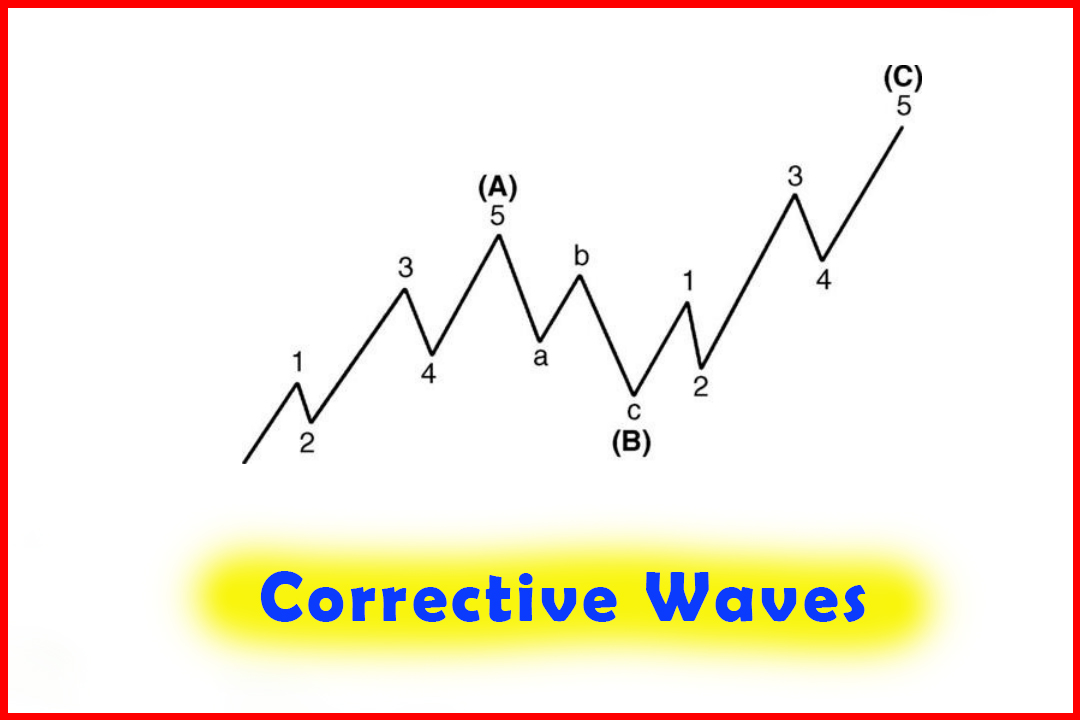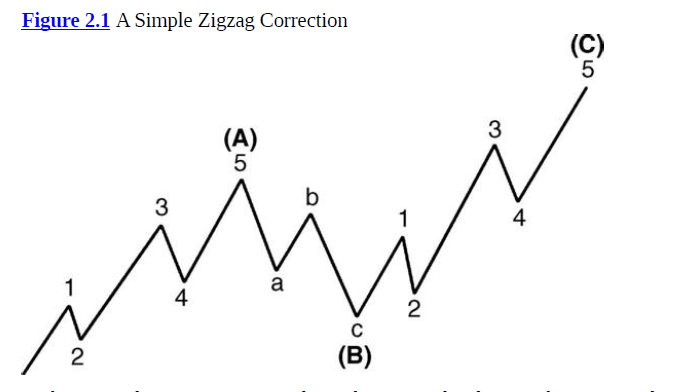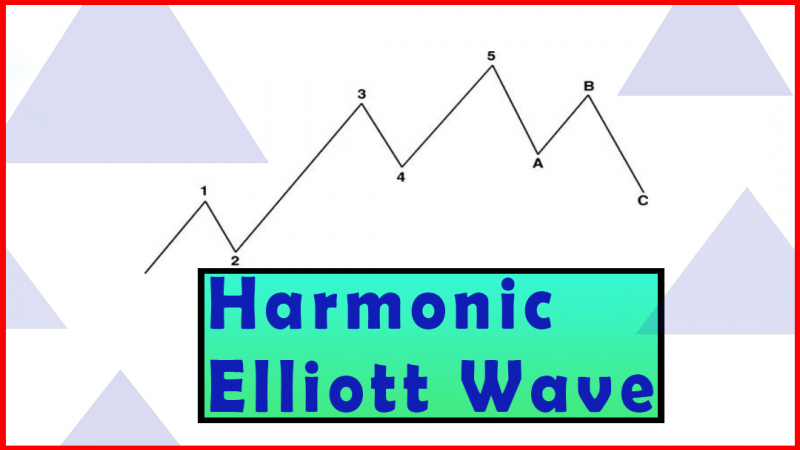How to Find Corrective Waves
Corrective Analysis, Pattern Trading, Zigzags Waves, How to find Corrective Waves
Course: [ Harmonic Elliott Wave : Chapter 2: R. N. Elliott's Findings: Corrective Waves ]
Elliott Wave | Forex |

The corrective wave structure is probably the biggest headache for any Elliottician. The large variation in types of corrective structures is still rather overwhelming for even me following the completion of a five-wave move.
Findings: Corrective Waves
The
corrective wave structure is probably the biggest headache for any
Elliottician. The large variation in types of corrective structures is still
rather overwhelming for even me following the completion of a five-wave move.
How
deep will the retracement be? How long will it last and how complex will it be?
There is a bewildering range of potential outcomes that can push a new analyst
attempting to learn the principle into finding a more simple method of
forecasting. While it can be a deterrent, I find the eventual benefits far
outweigh the negatives, and the understanding of how structures develop
actually aids the final recognition and awareness of not only when a correction
is complete but also when an alternative structure is developing.
With
the use of Fibonacci and harmonic ratios and a broad understanding of how these
need to slot into the structure of the next higher degree, it is possible to
piece together the developing clues as to what will happen next. I would
therefore encourage all students of the principal to stick with it and remain
determined to conquer the challenges; the benefits are substantial.
Corrective Waves
Let's
now have a look at corrective waves.
Zigzags
Zigzags
(as shown in Figure 2.1) are the most basic and simple of all corrections. They
comprise two counter-trending waves, Wave A and Wave C (that develop in five
waves), which are divided by a three-wave structure (or combination of
three-wave structures). Quite commonly Elliotticians will refer to these as 535
moves.

This
type of move is quite simple to observe, and as long as the two impulsive
waves—that is, Wave (A) and Wave (C)—can be identified through observing the
five waves, it is unusual to get too confused.
Figure 2.2 shows
how a three-wave correction in a Zigzag may look in USDJPY.

Following
completion of a simple ABC correction we can expect the main trend to resume.
Harmonic Elliott Wave : Chapter 2: R. N. Elliott's Findings: Corrective Waves : Tag: Elliott Wave, Forex : Corrective Analysis, Pattern Trading, Zigzags Waves, How to find Corrective Waves - How to Find Corrective Waves
Elliott Wave | Forex |
